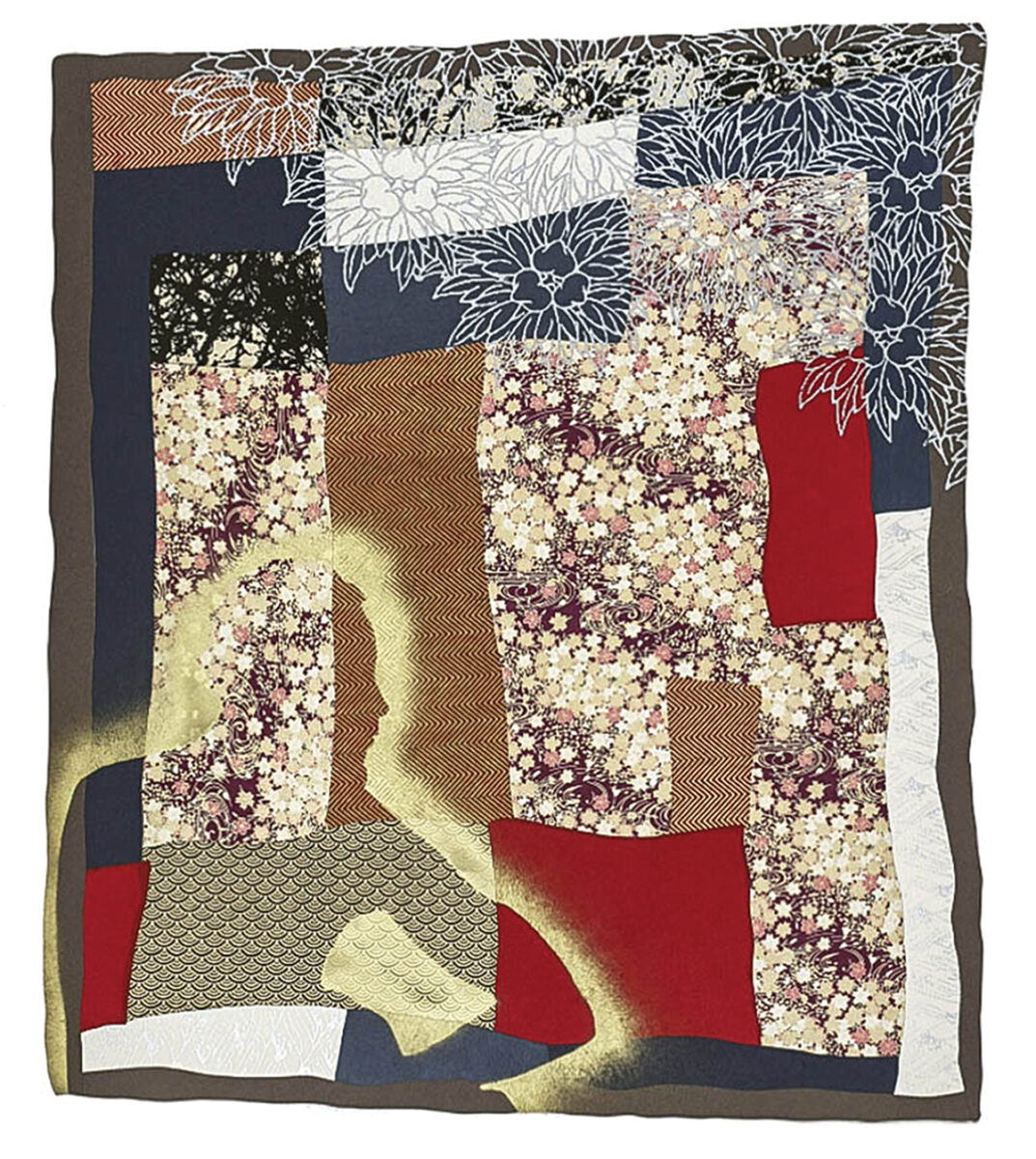Pattern and Decoration movement still loudly proclaims its relevance
By: Carolyn Kemmett

The work and ideas put forth by the envelope-pushing artists of the Pattern and Decoration movement ensured that its brief but brilliant lifespan (1972-1985) made an indelible maximalist mark on American art. The genre’s founder, late Canadian artist Miriam Schapiro, was a prolific painter, sculptor, and printmaker, and she loudly and clearly conveyed feminist messages through her work.
The Pattern and Decoration movement contradicted the mores of Minimalism and conceptual art that prevailed in the 1960s and ’70s and deliberately encouraged the fraternization of craft and fine art — a gesture that still has the power to surprise. The confident commotion of Pattern and Decoration work flew in the face of highly controlled and less accessible trends.
Drawing from its permanent holdings and works on loan, Asheville Art Museum is giving Pattern and Decoration its due with a spring exhibit, Too Much is Just Right, up through May 29. Period pieces by the late Schapiro are featured, alongside work by other genre luminaries and contemporary interpreters: These include painter Valerie Jaudon, multi-disciplinary artist Sanford Biggers, and a variety of names associated with Western North Carolina: Among them are Mitchell County basketmaker Billie Ruth Sudduth, who died in 2021; influential German weaver and printmaker Anni Albers, a Black Mountain College instructor in the 1930s and ’40s; Asheville-based textile and paper artist Nava Lubelski; and Nabil el Jaouhari, a River Arts District painter, originally from Lebanon, who combines elements of woodburning in his complex, dynamic work.
At the exhibit’s recent opening, guest curators Marilyn Laufer and her husband Tom Butler were on hand, and their excitement about the artists, the work, and the theme was palpable. “This was a labor of love and a collective effort — it was wonderful to work with the museum and the artists,” says Butler. “Just seeing these diverse pieces together highlights wonderfully the different media, ages, and points of view of these visionary artists.”
The visual impact and sheer energy of the collected pieces involve the viewer on an emotional and even physical level. That’s not to say the sum is chaotic, however: A steady mastery of material and a continual revelation of fine detail sees to that.

The show’s 2011 piece by Lubelski, Portfolio, is a reconstruction of meticulously quilled paper that resembles a mini labyrinth. Portfolio, like most of Lubelski’s work, transforms cast-off materials into something regenerative and beautiful. The artist uses her painstakingly stitched-over embroidery and shredded-paper sculptures to elevate simple notions of repair into complex expressions of redemption.
Lubelski was present at the exhibit’s February members-only preview, where attendees were able to meet artists, as well as curators Laufer and Butler. “This work includes a craft element that intersects with a conceptual side,” she explains. “This approach can sometimes puzzle people, but really the two can be quite natural companions. That idea was a vital part of this movement — the breaking down of some of those art boundaries.”
Too Much is Just Right: The Legacy of Pattern and Decoration runs at Asheville Art Museum (2 South Pack Square) through Monday, May 29, ashevilleart.org.
